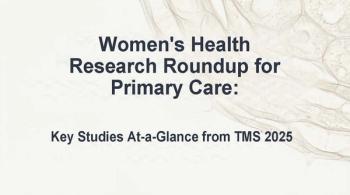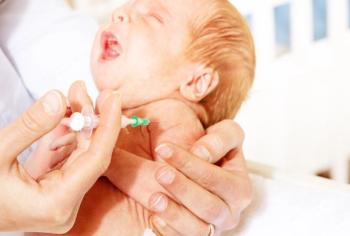
US Hospital Days, ICU Admissions for COVID-19 Run High
Early forecasts of COVID-19 burden on US hospitals based on data from China may have underestimated need at peak infection, a new study suggests.
Patients hospitalized with COVID-19 in the US have longer inpatient stays and higher ICU admission rates than patients in China, according to a new study led by researchers at the University of California, Berkeley, and Kaiser Permanente.
According to study authors, their findings suggest that the burden of the pandemic on US hospitals may be greater than originally thought, since early forecasts—and particularly the need for hospital beds and ICU units at the peak of infection—are based on data from China.
“The hospital resources needed to meet the needs of severely ill patients are substantial,” said Joseph Lewnard, PhD, an assistant professor of epidemiology at UC Berkeley and lead author of the paper in a UC Berkeley
The team analyzed the anonymized medical records of the nearly 9.6 million Kaiser Permanente members in Southern California, Northern California, and Washington state.
US-China disparities
The study focused on 1,277 members who were hospitalized with clinically- or laboratory-confirmed cases of COVID-19 between the start of the year and early April (median age 61 years [18-103]; 55.8% male).
Of those 1,277 patients, 42% required ICU admission, and 18% died from the disease. Modeling estimates based on observations in China usually assume that approximately 30% of hospitalized patients will require ICU care.
Hospital stays in the Kaiser Permanente cohort averaged 10.7 days for survivors and 13.7 days for non-survivors, compared to an average of 7.5 days among non-survivors in China. Moreover, 25% of patients were hospitalized for ≥16 days. In comparison, a well-respected modeling study from Imperial College London used to project health care needs assumes an average inpatient stay of 8 days.
While the underlying reasons for these discrepancies remain unclear, the authors stress the need to collect data in different regions and under different health care settings and caution against heavy reliance on models based on data from other countries.
“The spread of COVID-19 and its impact on local health care systems show differences across the world,” said Vincent Liu, MD,MS, a research scientist at the Kaiser Permanente Division of Research in Northern California and co-author of the paper, in the news release. “Health care systems differ, and their capabilities and structure have an effect on the local response and the impact of the surge. So, it’s really important to understand how our own data agree with, or in some cases differ from, the experience we’ve seen in other countries.”
The findings support what other analyses have shown regarding the impact of the virus on older adults. Approximately 50% of hospitalizations were among adults aged 60 and older, and 25% were among adults aged ≥73 years. Also, hospitalized men aged <80 years faced a 58% risk of death vs women of the same age whose risk of death was 32%.
Ongoing vigilance required
Estimates of transmission intensity over time yielded promising results. The team found that the transmission rate of the virus has decreased significantly, and the drop began slightly before statewide shelter-in-place orders went into effect in late March. However, while the data indicate that social distancing is succeeding, the authors warn that we shouldn’t expect to return to normal anytime soon.
“These data suggest that if we were to release all of our mitigation measures at one time, the disease would start rapidly spreading again,” Liu said. “We have to be really strategic and vigilant about how and when we roll back our social distancing measures. It’s going to require coordination between health care systems, community partners, government and public health agencies, academic institutions and industry.”
“We also need to be mindful of just how severe the disease is,” Lewnard added. “We see an 18% overall fatality rate among all people who are getting hospitalized, and 42% end up in the ICU, so the impact of transmission in terms of severe disease and hospital burden is quite high.”
_________________________________________________________________________________
For more COVID-19 coverage for primary care, visit our COVID-19 Resource Page .
Newsletter
Enhance your clinical practice with the Patient Care newsletter, offering the latest evidence-based guidelines, diagnostic insights, and treatment strategies for primary care physicians.













































































































































































































































































